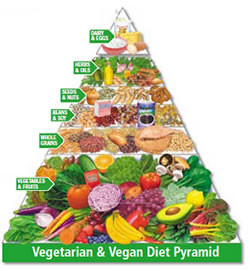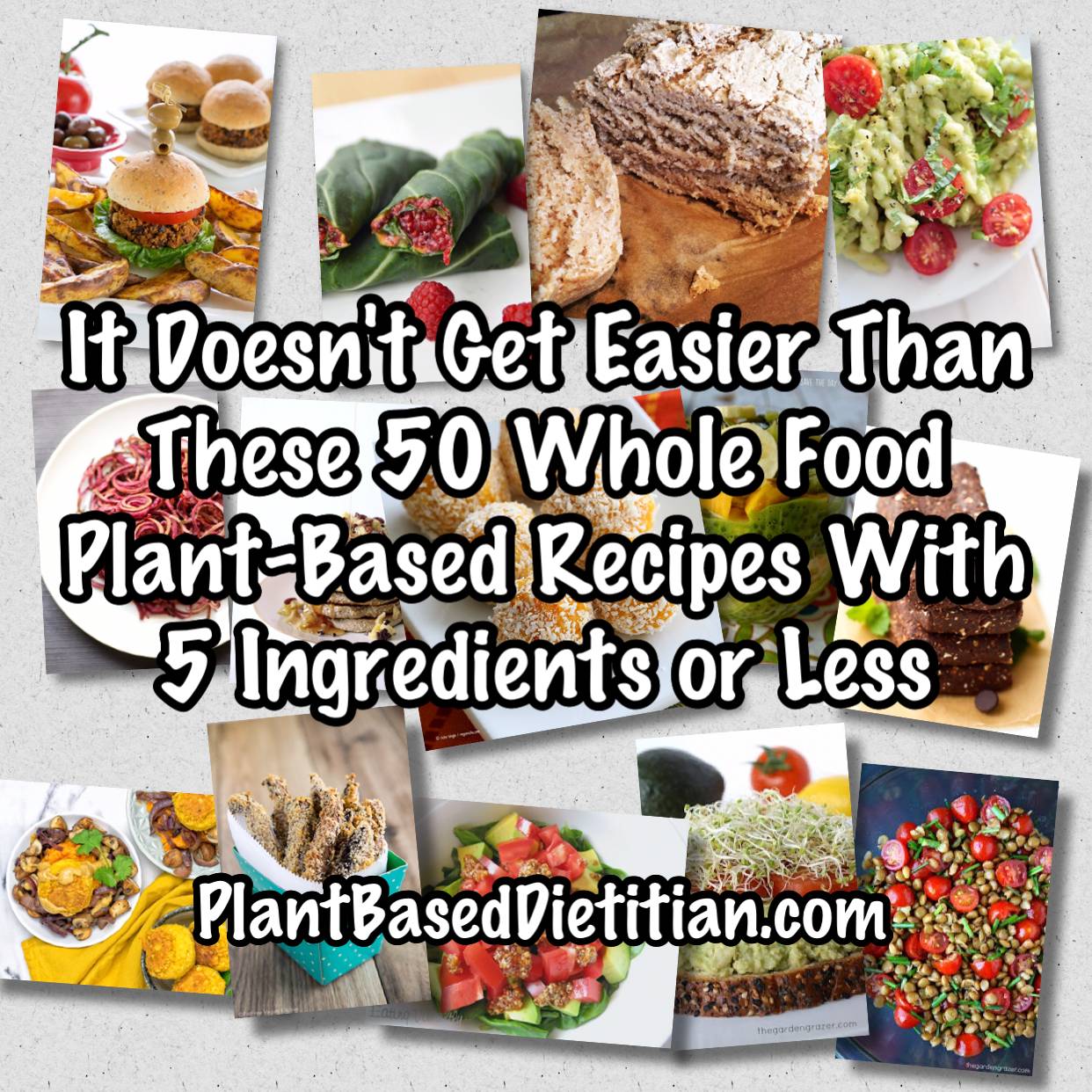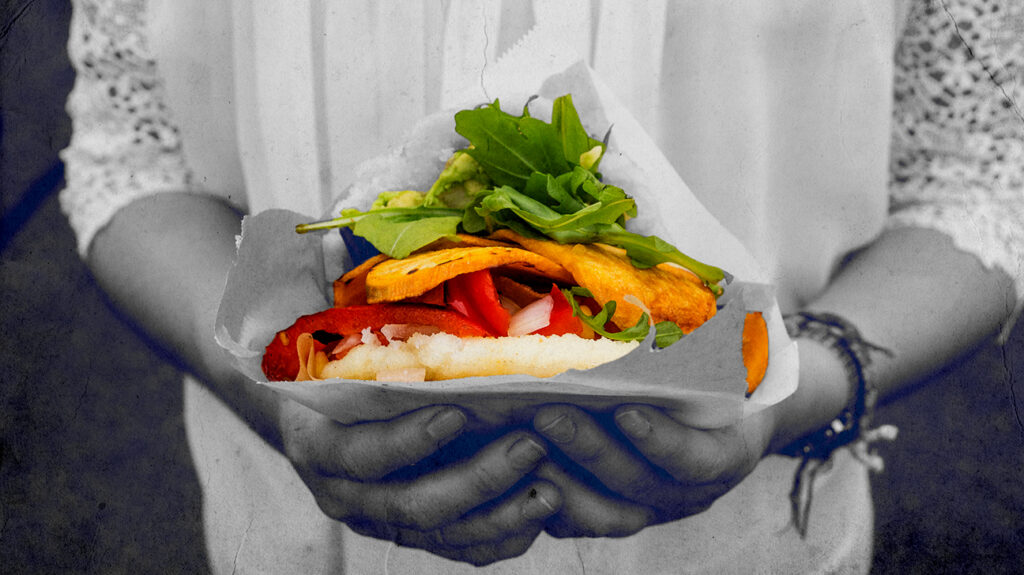
Getting enough iodine is important for many people. It is used by the body to make thyroid hormones, which help regulate metabolism and hormone production. Hypothyroidism occurs when there is not enough of it. This can lead people to gain weight and fatigue.
Iodine can be found as a trace mineral in various plant foods. The West is experiencing an increase in iodine shortage. This is because many people do not eat foods with iodized Salt.
If you are vegan, it is vital to eat enough iodine. It is also a good idea to look for vegan multivitamins which contain iodine. To determine if you should take a supplement, consult your doctor.

Sea vegetables and fruit are the best sources for iodine. Seaweed is rich in iodine and has many essential vitamins and minerals. The amount of iodine in seaweed is dependent on its quality. It is possible to get too much or too small amount of iodine from seaweed. You should make wise choices.
Other sources of iodine in vegan foods include dried sea vegetables and prunes. Dried sea vegetables can contain between 40 and 60 mcg iodine each sheet. 13 mcg of Iodine is found in a half cup of dried prunes. This amount is sufficient to provide 8% of the 150 mg daily dietary recommendation in the United States.
The soil that the plant food grows in will determine how much iodine is in it. Plants naturally have less iodine than animal products, so if you are vegan, you may have trouble meeting your iodine needs. You should eat more plant-based foods rather than animal-based foods if you want enough iodine. You should also read labels carefully. You should also know that most processed foods and commercial salts do not contain iodine. To find out which products have iodine in them, visit the Beauty Without Bunnies database.
Sea fish is not a good source for iodine. It can be contaminated by mercury and dioxins. Additionally, it could also have harmful bacteria or viruses. Fish are also low in protein and calories, so you might want to consider a diet that includes more plant-based foods.

Iodized sodium is another source of iodine. Generally, salt in processed and commercial foods does not contain iodine, but some brands are fortified. A teaspoonful of salt equals 100 g of vitamin E and 774 mg sodium.
Vegan breads can be fortified with iodine. Be sure to check the ingredient labels and look out for multivitamins with iodine. This is important because vegans often suffer from iodine deficiency. Sweet berries are high in Iodine so you should consider including them into your diet. They are also a great source of iron.
FAQ
How often do I need to exercise?
A healthy lifestyle requires regular exercise. You don't have to exercise for a certain amount of time. It is important to find something you enjoy, and then stick with it.
Three times per week, aim for 20-30 minutes moderate intensity activity. Moderate intensity is when you still have to breathe hard after the workout. This type workout burns about 300 calories.
For those who prefer to walk, you can go for 10-minute walks four times a week. Walking is easy on the joints and has low impact.
If you'd rather run, try jogging for 15 minutes three times a week. Running is an excellent way to lose weight and tone your muscles.
Begin slowly if your are new to exercising. You can start with only 5 minutes per week of cardio. Gradually increase duration until you achieve your goal.
Do I need calories to count?
You might be asking "What is the best diet?" or "is counting calories necessary?" It depends on several factors such as your current health, personal goals, preferences, and overall lifestyle.
The Best Diet for me - Which One Is Right for You?
My personal health, goals, lifestyle and preferences will all influence the best diet. There are many good and bad diets. Some diets work well for some people and others do not. So what do I do? What can I do to make the right decision?
These are the main questions addressed by this article. It starts with a brief introduction of the different types of diets available today. After that, you will learn about the pros and disadvantages of each type. We'll then discuss how to choose which one is best for you.
Let's look at some of the main types of diets to get started.
Diet Types
There are three main types. Low fat, high protein, or ketogenic. Let's briefly discuss them below.
Low Fat Diets
A low-fat diet is one that limits the intake of fats. This is accomplished by decreasing the intake of saturated fats like butter, cream cheese, and other dairy products. They are replaced by unsaturated fats such as avocados, olive oil, and cream cheese. For those looking to lose weight quickly, a low fat diet is often recommended. However, this kind of diet may cause problems such as constipation, heartburn, and indigestion. A person may also experience vitamin deficiencies if they don't get enough vitamins.
High Protein Diets
High protein diets are known to restrict carbohydrate intake and promote the consumption of protein. These diets are more protein-rich than others. They are meant to help build muscle mass and burn more calories. The downside is that they may not provide adequate nutrition for someone who needs to eat regularly. They are not suitable for all people because they can be restrictive.
Ketogenic Diets
Ketogenic diets are also known as keto diets. They are high in fat and moderate in protein and carbs. They are popularly used by bodybuilders, athletes, and others who want to be able to train harder and more efficiently without becoming tired. To avoid side effects such as fatigue, nausea, headaches, or other unpleasant side effects, you must strictly adhere to their instructions.
How does an antibiotic work?
Antibiotics are drugs which destroy harmful bacteria. To treat bacterial infections, antibiotics are used. There are many options for antibiotics. Some can be taken orally while others can be injected. Others are topically applied.
Antibiotics are often prescribed to people who have been exposed to certain germs. If someone has chicken pox, they might need to take an oral antibiotic in order to prevent shingles. Penicillin might also be administered to someone with strep throat. This will help prevent the possibility of developing pneumonia.
Children should not be given antibiotics without the consent of a doctor. The possibility of side effects that can cause serious side effects in children is greater than for adults.
Diarrhea, the most common side-effect of antibiotics, is probably diarrhea. Other side effects possible include dizziness, nausea, vomiting, stomach cramps, stomach pains, dizziness and allergic reactions. These side effects are usually gone once the treatment has finished.
How does weight change with age?
How do you tell if there are any changes in your bodyweight?
A person who has less body fat than their muscle mass will experience weight loss. This means that calories must be consumed at a rate greater than energy. Low activity levels are the leading cause for weight loss. Other causes include illness, stress, pregnancy, hormonal imbalances, certain medications, and poor eating habits. If there is more body fat than muscle mass, then weight gain can occur. It happens when people eat more calories than they use during a given day. Common reasons include overeating, increased physical activity, and hormonal changes.
The main reason why our bodies lose weight is because we consume fewer calories than we burn. The main reason we lose weight is because we exercise more often. This increases our metabolism rate and burns more calories each day. But this doesn't guarantee that we'll lose weight. The important thing is to see if we're losing or gaining muscles. If we're burning more calories than we're consuming then we're going to lose weight. But if we're consuming more calories than we're burning, then we're actually storing them as fat.
As we get older, our movement speed slows down and so we move less. We also tend eat less than we did when our children were young. Therefore, we tend to put on weight. On the other hand, we have more muscle mass and look larger than we actually are.
There is no way to measure how much weight your body has lost without weighing yourself every week. There are many ways you can measure your weight. You can measure your waist, your hips and your thighs. Some people prefer to use bathroom scales while others like to use tape measures.
You can track your progress by weighing yourself at least once per week and measuring your waistline every month. You can also take pictures of yourself every few months to see how far you've come.
You can also find out how much you weigh by looking up your height and weight online. If you are 5'10' tall and weigh 180lbs, your weight would be 180.
Increase immunity with herbs or supplements
Herbs and natural remedies can be used to boost immune function. There are many natural remedies that can boost immunity, including echinacea (oregano), ginger, ginkgo biloba and vitamin C.
However, these herbal remedies should not replace conventional medical treatment. These herbal remedies can cause nausea, diarrhea and stomach cramps. They can also cause dizziness, headaches, dizziness, allergic reactions, and stomach pains.
Is it possible to have a weak immune system due to being cold?
Being cold gives you a weaker immune system because when you are cold, your body produces less white blood cells which fight infections. You will feel less pain if you are cold.
Statistics
- According to the 2020 Dietary Guidelines for Americans, a balanced diet high in fruits and vegetables, lean protein, low-fat dairy and whole grains is needed for optimal energy. (mayoclinichealthsystem.org)
- Extra virgin olive oil may benefit heart health, as people who consume it have a lower risk for dying from heart attacks and strokes according to some evidence (57Trusted Source (healthline.com)
- This article received 11 testimonials and 86% of readers who voted found it helpful, earning it our reader-approved status. (wikihow.com)
- In both adults and children, the intake of free sugars should be reduced to less than 10% of total energy intake. (who.int)
External Links
How To
What does "vitamin" actually mean?
Vitamins are organic compounds naturally found in food. Vitamins are essential for our bodies to absorb nutrients from the foods we eat. Vitamins are not made by the body, so they must be obtained through food.
There are two types of vitamins: water soluble and fat soluble. Water soluble vitamins dissolve easily in water. You can find vitamin C,B1 or thiamine, B2 or riboflavin and B3 or niacin. B6 is pyridoxine. Folic acid, biotin and pantothenic are some examples. Fat soluble vitamins are stored in the liver and fatty tissue. You can find vitamin D, E K, A and beta carotene as examples.
Vitamins are classified based on their biological activity. There are eight main types of vitamins:
-
A - essential for normal growth and maintenance of health.
-
C - important for proper nerve function and energy production.
-
D - necessary for healthy bones and teeth.
-
E is required for good vision and reproduction.
-
K - Required for healthy nerves and muscles.
-
P - essential for strong bones, teeth and tendons
-
Q - aids digestion, absorption and absorption iron
-
R - necessary for making red blood cells.
The recommended daily allowance of vitamins (RDA), varies depending upon age, gender, physical condition, and other factors. The U.S. Food and Drug Administration has established the RDA values.
For example, the RDA for vitamin A is 400 micrograms per dayfor adults 19 years or older. However, pregnant women need 600 micrograms per day because it is important for fetal development. Children ages 1-8 require 900 micrograms per day. For infants younger than one year, 700 micrograms are required daily. However, this number drops to 500 micrograms each day for children aged 9-12 months.
Children aged 1-18 years need 800 micrograms daily, while children overweight require 1000 micrograms per days. Children who are severely obese or underweight will need 1200 micrograms each day.
Children 4-8 years old with anemia will need 2200 mg of vitamin D daily.
2000 micrograms are required daily for good health in adults over 50. Due to their increased nutrient needs, pregnant and breastfeeding women need 3000 micrograms daily.
Adults over 70 years of age need 1500 micrograms per day since they lose about 10% of their muscle mass each decade.
Women who are pregnant or lactating need more than the RDA. Pregnant women require 4000 micrograms daily during pregnancy, and 2500 micrograms every day after birth. Breastfeeding mothers need 5000 micrograms per day when breast milk is being produced.